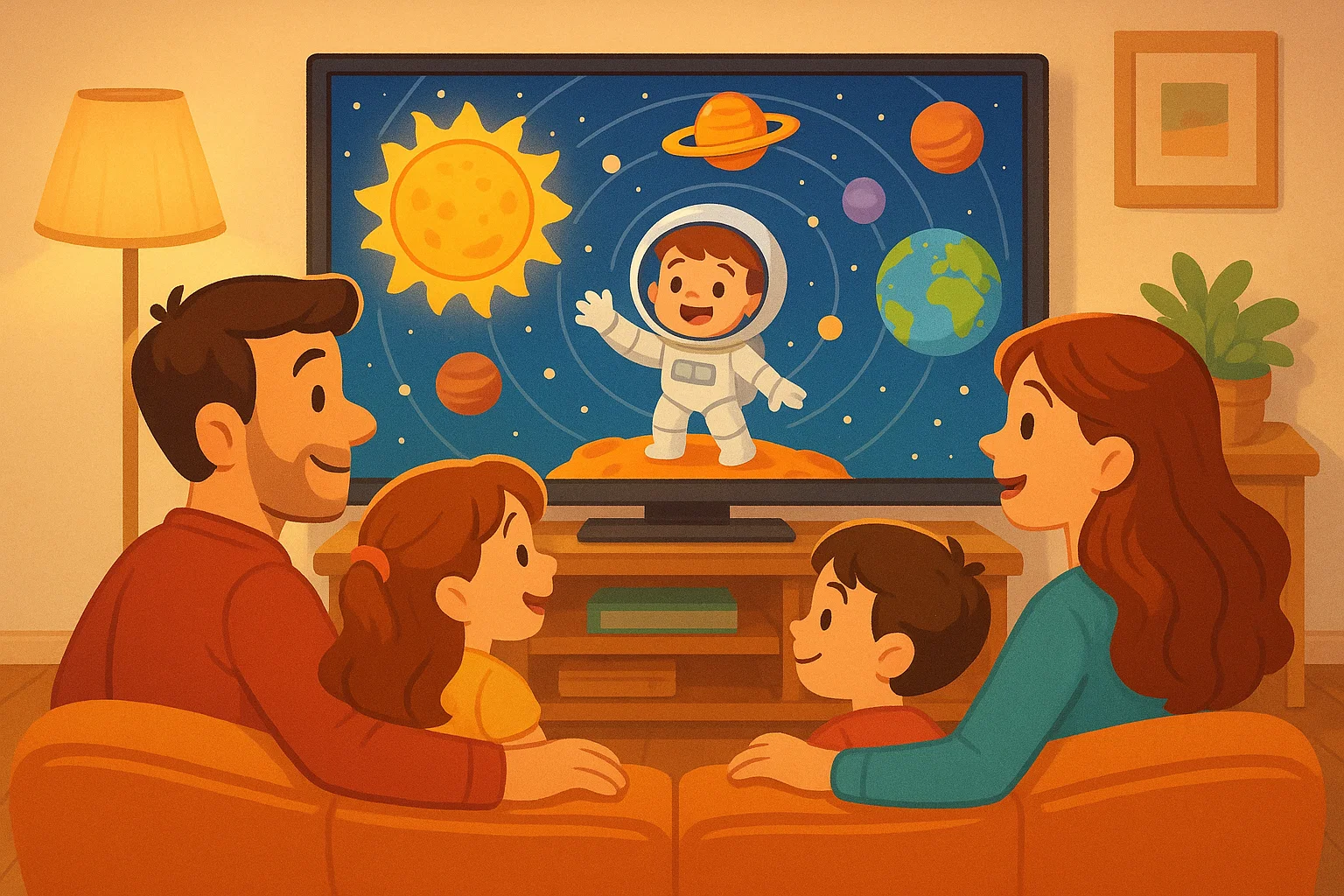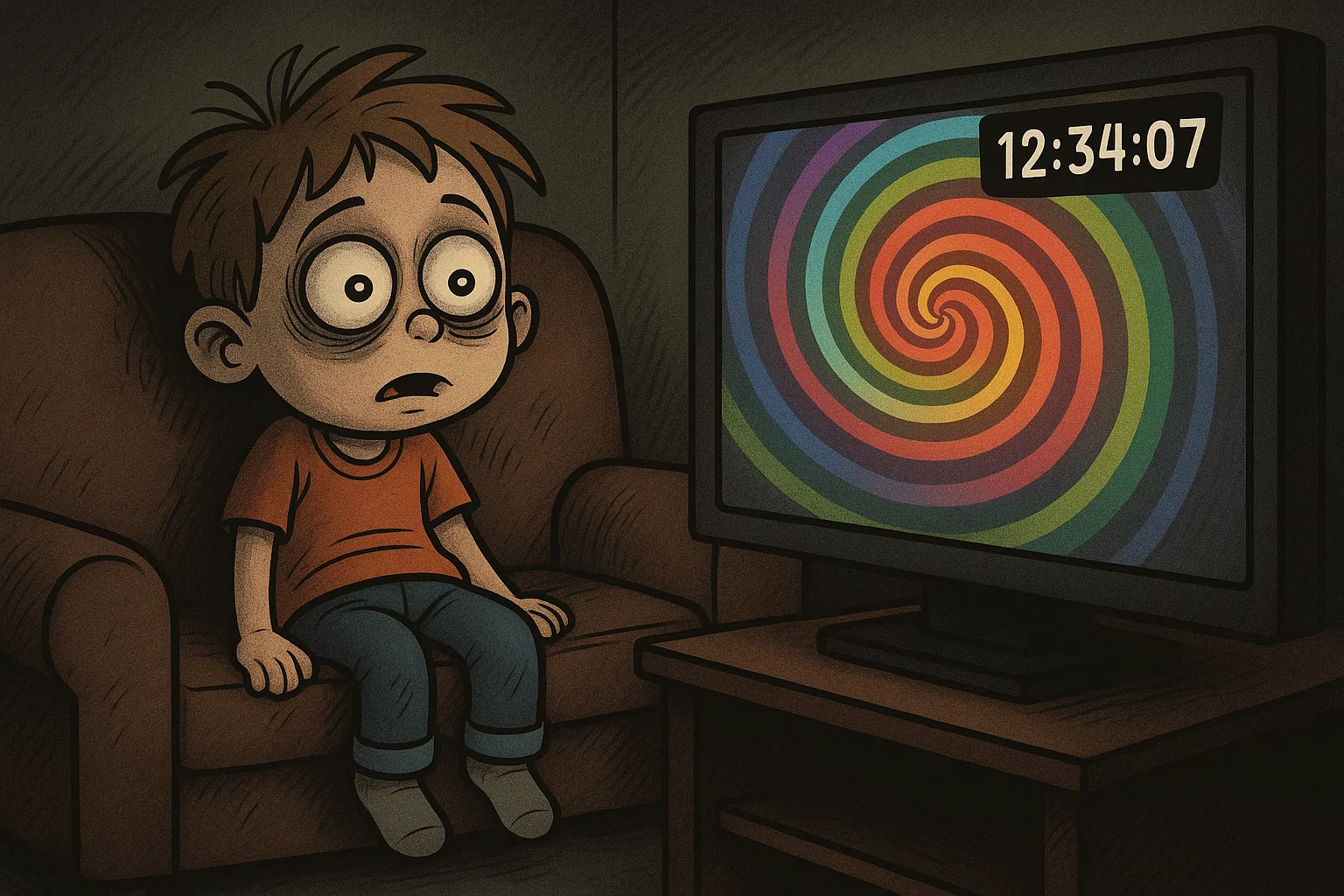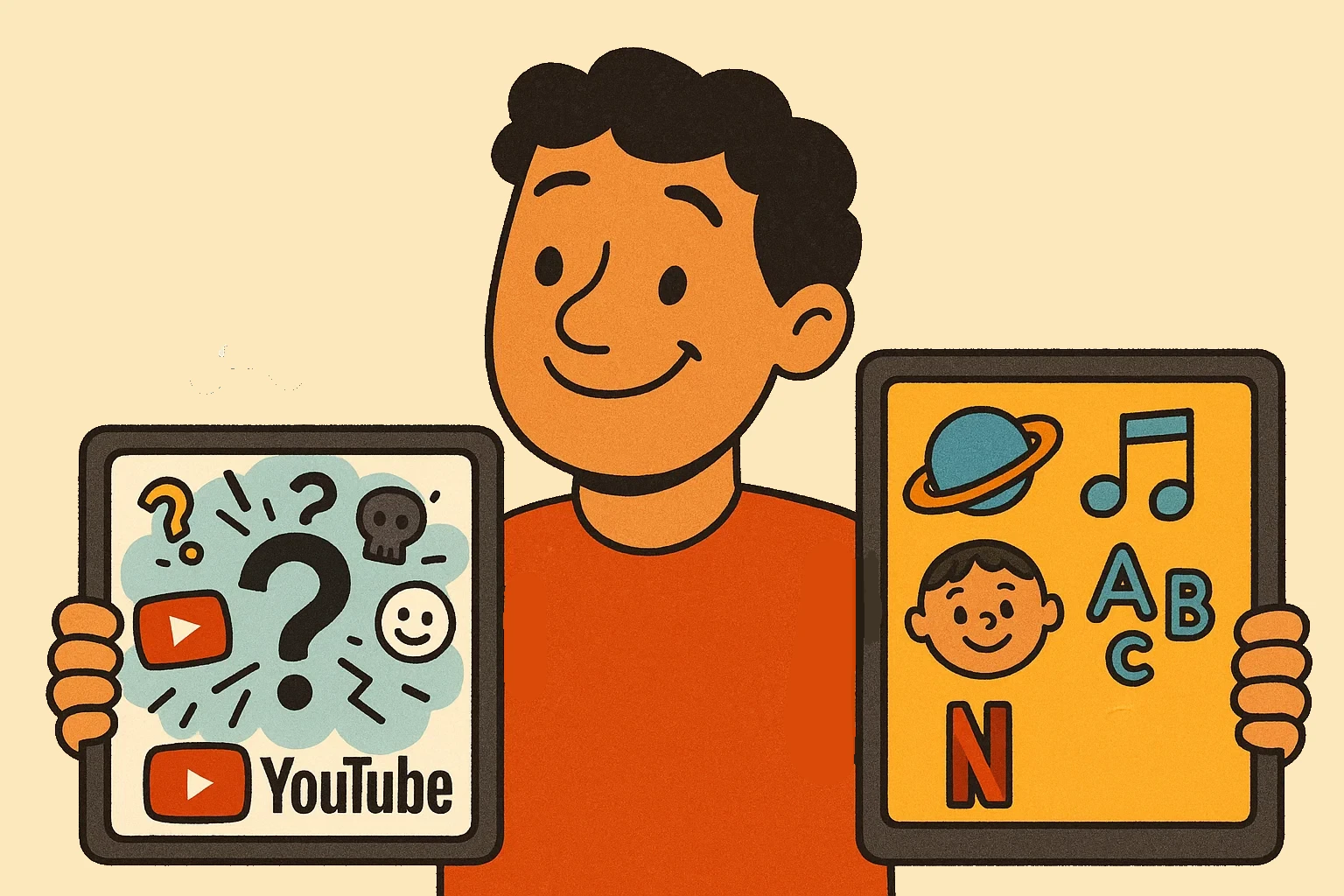Which Streaming Service is Best for Your Child – YouTube Kids or Netflix?
The streaming landscape has dramatically shifted how children consume entertainment, with YouTube emerging as the clear winner over traditional platforms like Netflix.
This preference isn’t accidental. YouTube’s algorithm-driven video delivery and endless variety create a viewing experience that resonates deeply with young audiences. Understanding this shift helps parents make informed decisions about their child’s digital entertainment consumption.
Why Young Kids Prefer YouTube Kids 🎯
Children gravitate toward YouTube for reasons that extend far beyond simple entertainment preferences. The platform offers immediate gratification, personalized recommendations, and an interactive experience that traditional streaming services struggle to match.
What Is It About YouTube for Younger Kids
YouTube’s appeal lies in its vast video library and accessibility. Unlike Netflix’s curated selection, YouTube provides unlimited variety spanning educational videos, toy unboxings, gaming, and animated series. Children can explore topics that genuinely interest them, from dinosaur documentaries to cooking tutorials.
- The platform’s user-generated videos create authenticity that resonates with young viewers.
- It’s a platform where they can find their favorite cartoon.
- When a child watches another kid reviewing toys or playing games, they experience a sense of connection that polished Netflix originals may not provide. This peer-to-peer delivery makes YouTube feel more relatable and engaging.
How YouTube Grabs Their Screen Time Attention
YouTube’s design maximizes engagement through several psychological mechanisms. The autoplay feature seamlessly transitions between videos, creating viewing sessions that can extend far beyond initial intentions. Children often start with one video and find themselves watching for hours without realizing it.
- Autoplay seamlessly transitions between videos.
- Infinite scroll and thumbnail optimization create visual stimulation.
- Short-form content and varied video lengths accommodate children’s attention spans.
The platform’s infinite scroll design and thumbnail optimization create visual stimulation that captures attention instantly. Bright colors, expressive faces, and exciting imagery in thumbnails trigger curiosity and encourage clicks. This visual appeal proves particularly effective with young audiences who process visual information faster than text.
Short-form videos and varied lengths accommodate children’s attention spans. A three-minute toy review followed by a fifteen-minute story creates viewing variety that keeps kids engaged longer than traditional television programming.
How the YouTube Algorithm Works for Kids
YouTube’s recommendation algorithm learns from viewing behavior, creating increasingly personalized suggestions. When a child watches dinosaur videos, the algorithm immediately surfaces similar videos, creating themed viewing experiences that feel tailored to individual interests.
The algorithm prioritizes engagement metrics like watch time, likes, and comments. This means videos that successfully capture children’s attention get promoted more frequently. However, this system may also amplify sensational or inappropriate videos that generate high engagement.
Parental controls attempt to filter videos, but the algorithm’s complexity means inappropriate material can slip through. YouTube Kids offers better filtering, yet many children prefer the main platform’s broader selection.
What Netflix Offers for Young Kids 🎬

Netflix approaches children’s entertainment through carefully curated programming designed by child development experts. The platform invests heavily in original shows and movies that balance entertainment with educational value, creating titles that parents and children can enjoy together.
Netflix’s Show Selection for Kids
Netflix’s kids’ section features a diverse range of programming spanning animated series, educational shows, and family movies. Popular franchises like “Cocomelon” and “Bluey” provide consistent characters and storylines that children can follow across multiple episodes.
- For younger kids, shows like “Cocomelon” and “Word Party” offer educational and musical experiences.
- For older kids, shows like “The Baby-Sitters Club” and “Carmen Sandiego” provide more complex stories.
The platform regularly updates its children’s library, adding new series and movies. This rotation keeps the selection fresh while maintaining quality standards.
Netflix’s investment in international titles exposes children to diverse cultures and languages. Shows like “Motown Magic” introduce different cultural perspectives while maintaining universal themes.
How Netflix Curates Its Library
Netflix employs child development specialists and educators to evaluate appropriateness. This human oversight ensures that shows and movies align with age-appropriate themes and learning objectives. The platform’s rating system provides clear guidance for parents.
Curation considers factors beyond entertainment. Educational objectives, positive messaging, and character development receive equal consideration. This approach results in programming that supports cognitive and emotional development.
The platform’s global reach allows for diversity that reflects various cultural backgrounds. However, this diversity requires careful moderation to ensure cultural sensitivity and appropriateness.
Finding the Best Shows for Kids on Netflix
Netflix’s recommendation engine suggests titles based on viewing history and age settings. Parents can create individual profiles, ensuring recommendations align with specific developmental stages and interests.
The platform’s search functionality allows filtering by:
- Age range
- Genre
- Educational topics
Parents seeking specific programming types can easily locate shows that meet their criteria without browsing through irrelevant titles.
User ratings and reviews help parents evaluate quality before allowing children to watch. However, these ratings may not always reflect individual family values, requiring parental preview.
What About Netflix and Its Dangers 🛡️

While Netflix presents fewer safety risks, the platform still poses concerns related to video appropriateness, screen time management, and privacy.
Dangers of a Netflix Show for a Kid
Netflix’s binge-watching design encourages extended viewing sessions that may exceed recommended screen time limits. The autoplay feature makes it easy for children to watch multiple episodes consecutively.
Some Netflix original titles push boundaries regarding age-appropriate themes. Shows marketed to children may contain subtle adult themes that young viewers struggle to process.
The platform’s algorithm may recommend videos that don’t align with parental preferences. A child watching superhero shows might receive recommendations for more mature action programming.
What’s in the Netflix Library?
Netflix’s library spans educational programming, animated series, and feature films. Its original productions often feature higher production values and more sophisticated storytelling than typical children’s programming.
International shows expose children to different languages and cultures, providing educational value. However, cultural differences in standards may result in material that conflicts with individual family values.
The platform regularly removes and adds titles based on licensing agreements and viewer demand. Popular shows may disappear without warning, disappointing children who become attached to specific series.
Potential Risks of Netflix Use
Netflix’s recommendation algorithm creates filter bubbles that may limit variety. Children might receive increasingly narrow suggestions based on initial viewing choices, potentially restricting exposure to new interests.
The platform’s privacy policy allows collection of viewing data for recommendation improvement. Parents should understand what information Netflix collects about their children’s viewing habits.
Subscription sharing creates opportunities for children to access inappropriate titles through shared family accounts. Proper profile setup and parental controls require ongoing attention.
Conclusion: Best Streaming for Your Kid 🏆

Choosing between YouTube and Netflix requires careful consideration of your family’s values and your child’s age.
Which Platform Has a Better Library?
Netflix excels in curated, high-quality programming designed for children’s developmental needs. Its investment in educational titles and positive messaging creates viewing experiences that support learning.
YouTube offers unparalleled variety and immediate access to niche interests. Children can explore specific topics in depth and discover educational material that traditional media might not cover. However, this variety comes with increased risk exposure.
The “better” platform depends on individual family priorities. Families prioritizing safety and educational value may prefer Netflix’s controlled environment. Those valuing variety might choose supervised YouTube viewing.
Netflix vs. YouTube Safety
Netflix provides significantly better safety controls through curation, age-appropriate ratings, and limited user interaction. Its closed system prevents exposure to user-generated videos and stranger contact.
YouTube’s safety measures continue improving but remain inadequate for unsupervised children. Even YouTube Kids occasionally allows inappropriate material through its filters, requiring constant parental vigilance.
Safety Comparison:
| Safety Feature | Netflix | YouTube |
| Content Moderation | Human + AI | Primarily AI |
| User Interaction | Limited | Comments, messaging |
| Stranger Contact Risk | None | Moderate to high |
| Inappropriate Content | Rare | Common without filters |
Overall Comparison of the Two Streaming Platforms
Both platforms serve different purposes. Netflix functions as a controlled entertainment environment suitable for independent viewing by young children. YouTube serves as an educational and entertainment resource requiring active parental supervision.
Modern parenting may benefit from incorporating both platforms strategically. Netflix can provide daily entertainment within safe boundaries, while YouTube offers supervised educational exploration.
The key lies in understanding each platform’s strengths and limitations. Netflix offers peace of mind, while YouTube provides variety. Success depends on matching platform choice to individual family needs and implementing appropriate safety measures.
